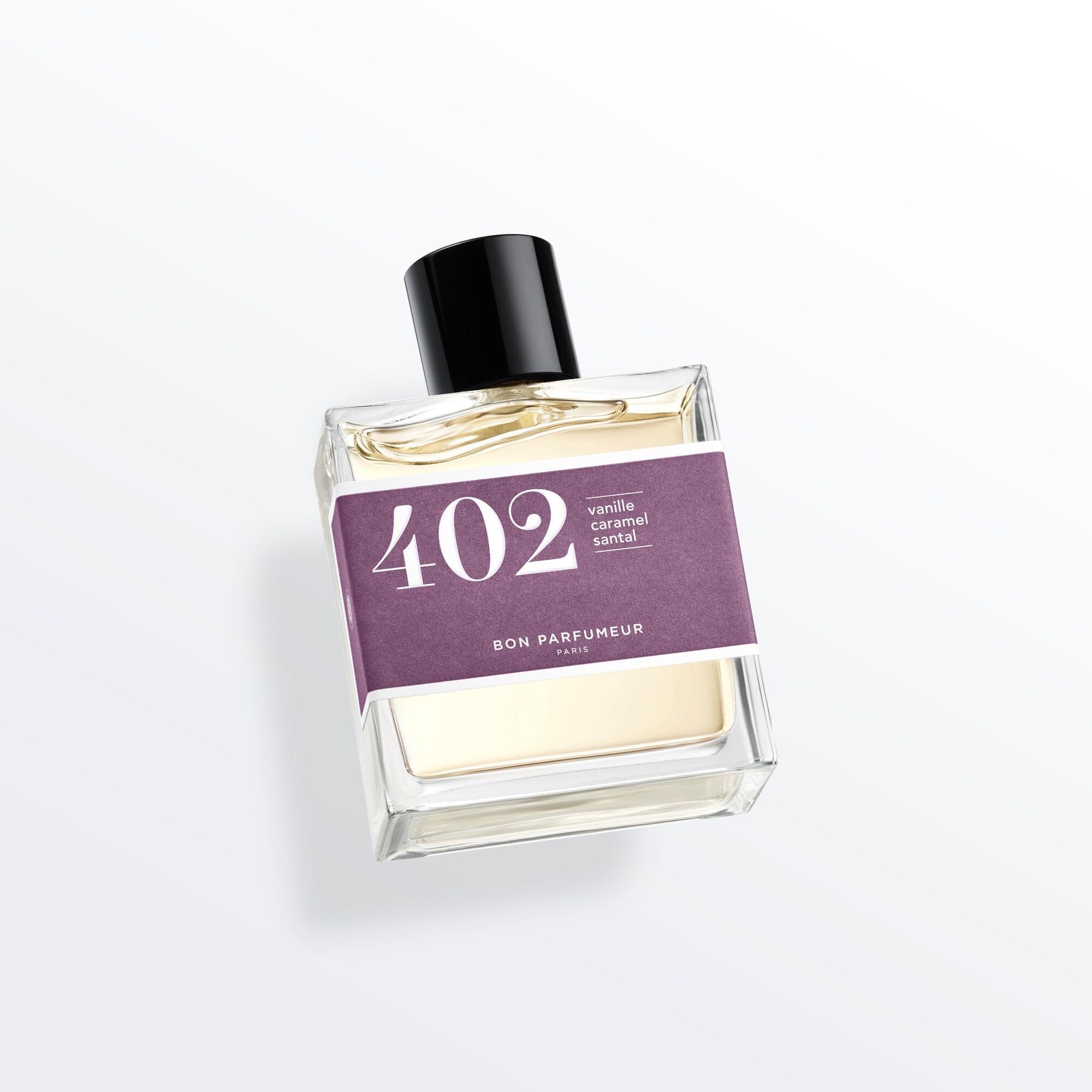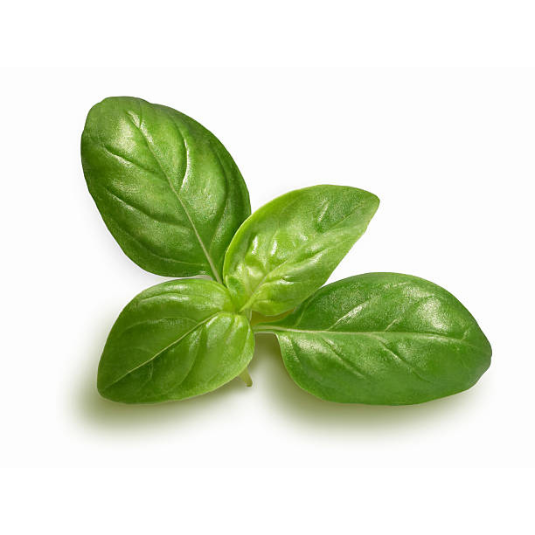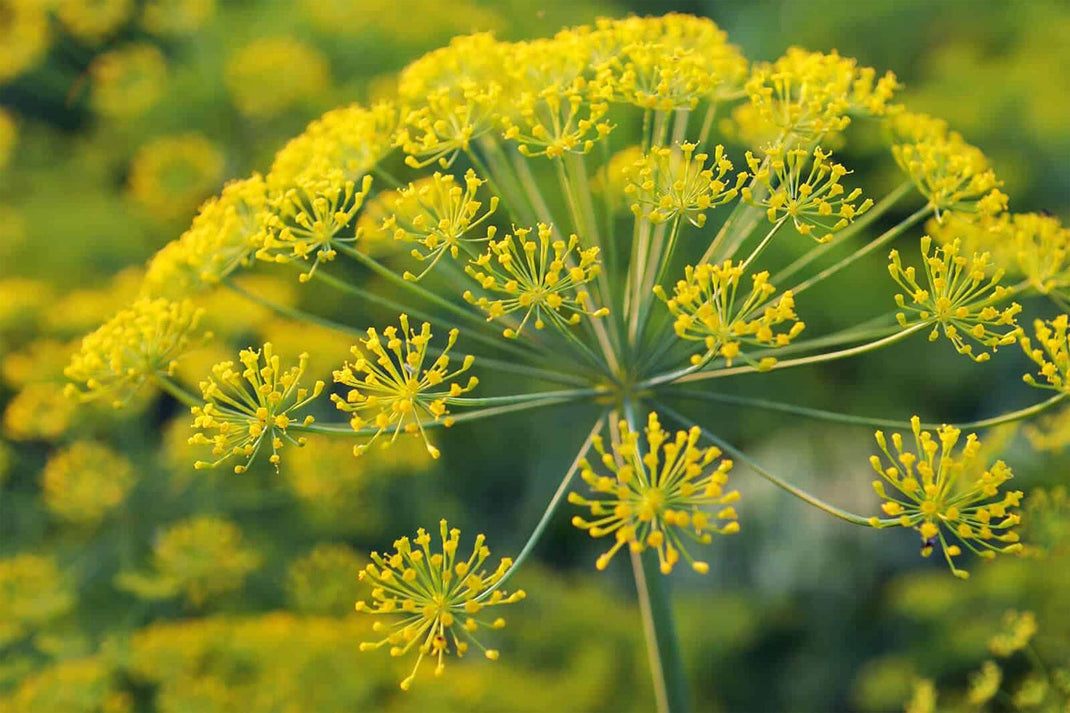What does the word mate mean?
The word "mate" comes from the Spanish word "mate", itself derived from the Quechua word "mati". The word "mati" originally referred to the calabash used to drink the plant's infusion. Mate refers to the drink made from the dried leaves of the Ilex paraguariensis shrub, widely consumed in South America.
In the beginning...
Mate is a traditional and emblematic drink in South America, particularly in Argentina, Paraguay, Uruguay and Brazil. Its history can be traced back to the region's indigenous peoples, who consumed the leaves of the Ilex paraguariensis shrub centuries ago. The Guaranis, in particular, played an important role in the spread and popularization of mate.In the 19th century, mate cultivation expanded, with the creation of plantations and exports to other countries.
Today, mate is consumed in a variety of ways, hot or cold, and remains deeply rooted in the cultural and social traditions of South American countries. Mate is appreciated for its stimulating properties, thanks to the presence of caffeine, theobromine and theophylline. It is also considered beneficial to health, thanks to its antioxidants and nutrients. Its popularity has also spread to other parts of the world, where it is now consumed and appreciated for its unique taste and potential benefits.
DID YOU KNOW? In many countries such as Argentina, Uruguay and Paraguay, mate is often shared in a group, where one person prepares and serves the drink using a calabash and a metal straw called a "bombilla". This ritual of sharing mate creates a strong social bond, encourages exchanges and symbolizes hospitality. It's common to see groups of friends, families or even work colleagues gathering around a calabash of mate, reinforcing bonds and conviviality.
Mate cultivation
The main mate-growing regions are in South America. Argentina is the world's largest mate producer, followed by Brazil, Paraguay and Uruguay. These countries have favorable climatic conditions and extensive plantations for growing the Ilex paraguariensis shrub, which is used to produce mate leaves.
The process of planting, developing and harvesting mate involves several stages. Firstly, seeds or cuttings are used to establish maté plantations. Seeds are usually germinated in nurseries before being transplanted. Once the plants are ready, they are planted in specially prepared fields, often terraced to facilitate irrigation. Maté plants require partial shade, so they are usually grown under other, taller trees to benefit from subdued light.
Maté development requires regular care, such as watering, pruning of unwanted branches and fertilization. It generally takes three to four years for the plants to reach sufficient maturity for the first harvest.
Maté is harvested by cutting the branches at a certain height above the ground. The leaves are then dried, traditionally over braziers, to remove the moisture. After drying, the leaves are sorted and stored in bags or warehouses for aging and further preparation.
What do you know about mate in perfumery?
In perfumery, mate extraction reveals the essence of the dried leaves, subtly evoking the aroma of tea. However, intensive maté cultivation can cause considerable damage to forest ecosystems. Innovative initiatives are therefore emerging to develop production methods that are more respectful of local fauna in Latin America. Small regional companies are actively involved in the search for sustainable practices, such as integrating mate into fair trade. It reveals a herbaceous scent, skilfully blending notes of hay, tobacco and tea. Ultimately, mate offers a wide range of olfactory accords in perfumery. Here are just a few examples of common accords associated with mate:
• Refreshing citrus: Citrus notes such as lemon, bergamot or mandarin blend harmoniously with the herbaceous side of mate, creating an invigorating, energizing sensation.
• Tea notes: Because of its similarity to tea, mate blends naturally with tea accords, whether green, black or white. This creates balanced, soothing compositions.
• Woody accords: Woody notes, such as sandalwood, cedar or the vitality of vetiver, can add depth and character to mate, creating an earthy, warm blend.
• Spicy notes: Spices such as cardamom, pepper or cinnamon can bring subtle warmth to mate, creating spicy, seductive accords.Floral accord: The addition of delicate floral notes such as rose, jasmine or neroli can bring a touch of femininity and elegance to mate.
The main species used in perfumery is Ilex paraguariensis. This variety of mate is prized for its leaves, which are rich in aromatic compounds, adding a distinctive note to perfumed compositions. Ilex paraguariensis leaves are often extracted with alcohol to obtain essential oils or extracts used in perfumery. Different parts of the plant, such as leaves, stems and buds, can be used to create unique olfactory accords. Although less widely used in perfumery, it can also be used to add interesting nuances to certain fragrance creations.
Interesting fact!
Mate has a number of health benefits. Its caffeine content provides a natural source of energy, boosting alertness and concentration. Rich in antioxidants (green mate), it protects cells against free radical damage. It can also stimulate digestion, speed up metabolism and support weight loss. Mate contains essential vitamins and minerals, contributing to a balanced diet. However, it should be consumed in moderation due to its caffeine content. It is advisable to consult a health professional before incorporating it regularly into your diet.
Popular mate perfumes
Numerous esteemed brands have incorporated mate into their fragrant creations, presenting a selection of some of the finest fragrances:
• Donna Rosa Verde eau de toilette by Valentino is an enchanting fragrance that celebrates the freshness of the rose. Its green and floral notes blend harmoniously to create an elegant, timeless fragrance, evoking natural beauty and refined femininity.
• Thé Cachemire eau de parfum by Christian Dior is a captivating fragrance that captures the luxurious essence of cashmere and the soothing sweetness of tea. Its subtle notes of black tea and white flowers create an elegant, comforting blend, evoking a feeling of warmth and sophistication.
• Mixed Emotions eau de parfum by Byredo: This fragrance explores the contrasts and ambivalent emotions associated with mate consumption. It captures the stimulating energy of mate with green and herbaceous notes, while offering depth and warmth with hints of leather and wood. The idea behind this fragrance is to represent the complex range of emotions one can experience while drinking mate, from concentration and mental clarity to mild anxiety or restlessness.
• Pleine Lune eau de parfum by Bastille: This is described as a woody oriental fragrance with warm, sensual notes. It blends ingredients such as creamy sandalwood, vanilla, amber and leather accords, creating an olfactory composition reminiscent of the elegance and mystery of full-moon nights.
• Chrome Intense eau de toilette by Azzaro is a powerful men's fragrance that embodies intensity and virility. Its fresh citrus notes blend harmoniously with spicy and woody accords, creating a captivating and seductive composition, perfect for the confident modern man.
• Scholar's Mate by Mind Games is an intriguing fragrance designed for both women and men. It presents an enchanting blend of notes that entice the senses with their complexity and harmony. The fragrance opens with a vibrant combination of bergamot, cardamom leaf, cinnamon leaf and grapefruit as the top notes. In the heart of the fragrance, powdery orris melts into the soothing and resinous notes of elemi and pimento. As the fragrance lingers, the base notes emerge, revealing a smooth and creamy accord of sandalwood and fig milk. These creamy and comforting notes blend beautifully with the earthy and woody aroma of cypriol oil (Nagarmotha) and Madagascar vetiver, adding richness and depth to the composition.
Other perfumes worth mentioning that contain mate are: Godolphin by Parfums de Marly, High Frequency by Initio Parfums Prives, X Twist Mate Tea by Clive Christian, Noir by Night by Atelier des Ors.















